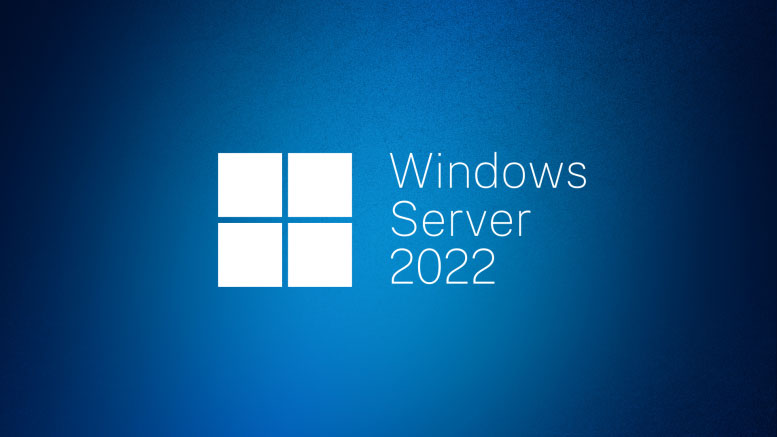Microsoft releases a Long Term Servicing Channel, also known as a TLSC, every few years. We’ll soon see the release of Windows Server 2022, which typically signalizes a huge leap. It should be available by the end of this year, and it combines Windows Container improvements that early adopters have been getting in the Semi-Annual Channels (SAC) with security improvements all-throughout. These included secured-code from the Windows client itself, alongside the low-level developments in terms of networking.
Another big deal is the integration with Azure, both in terms of management and security monitoring and new features such as Windows Admin Center for containerizing apps that can lift and shift to the cloud itself. It even has Automanage, which is intended to handle VM lifecycle management as well as hot patching, or Azure Stack HCI.
Now, we can clearly see that the emphasis of these long-term servicing channels Is on hybrid as well as migration strategies, but what about the server’s own operating system.
The Director of Windows Server as well as Azure Product Marketing at Microsoft known as Vijay Kumar had this to say:
“Windows Server is a highly versatile, multi-purpose operating system, with dozens of roles and hundreds of features, including guest rights.”
The Azure Stack HCI is for running virtual machines on-premises, that are connected to the Azure hybrid service. It’s also one of the main ways you can get Azure Kubernetes Service on your own hardware. This is intended for providing infrastructure instead of just being an application server or a storage server.
This is due to the fact that Windows Server 2022 has the ability to scale larger applications when compared to previous releases and can support up to 48 terabytes of memory and up to 64 sockets alongside 2.048 logical processors and has confidential computing with Intel SGX on Ice Lake CPUs.
Furthermore, the Windows Server Azure Edition is one of the newest options when it comes to virtual machines on Azure. However, it is not a new SKU. It’s simply a new Windows Server OS image that can enable new lifecycle management.
In regards to the regular insider builds for Window Server, they allow admins to experiment with options such as an in-place upgrade from Server 2016 to 2019, in which Microsoft has an expectation for it to work for roles such as DNS, DHCP, File and Storage Services, IIS and Hyper-V.
Furthermore, a secure-core server and secure connectivity offer more layers of security from the hardware up, without needing any extra work.
Vijay Kumar had this to say:
“Secured-core server builds on technologies such as Windows Defender System Guard and Virtualization-based Security to minimize risk from firmware vulnerabilities and advanced malware.”
Windows Server 2022 will also do a lot more in order to secure network connections, where TLS 1.3 is enabled by default, and there’s DNS client support for both HTTPS and SMB protocol hardening, including AES 256 encryption.

